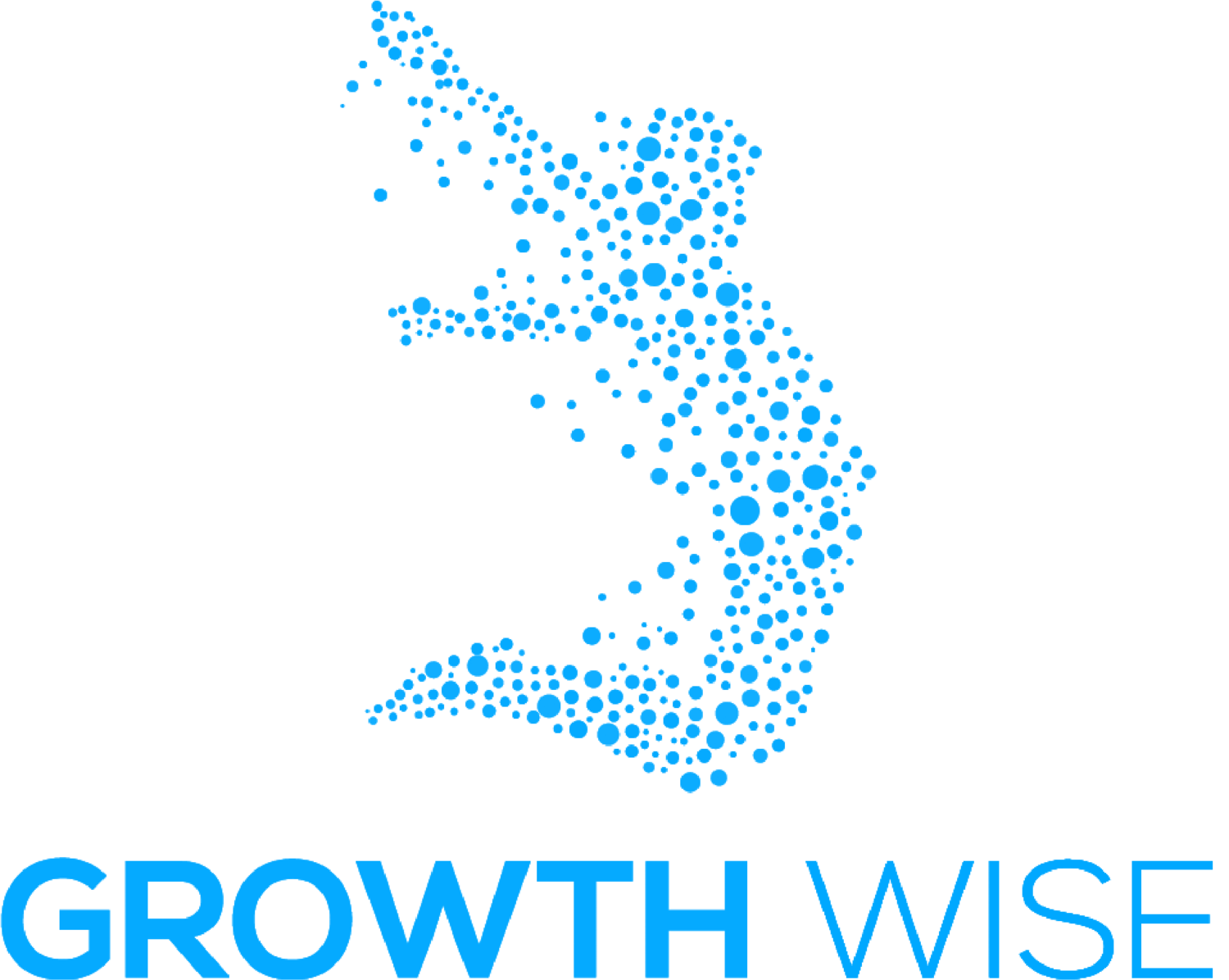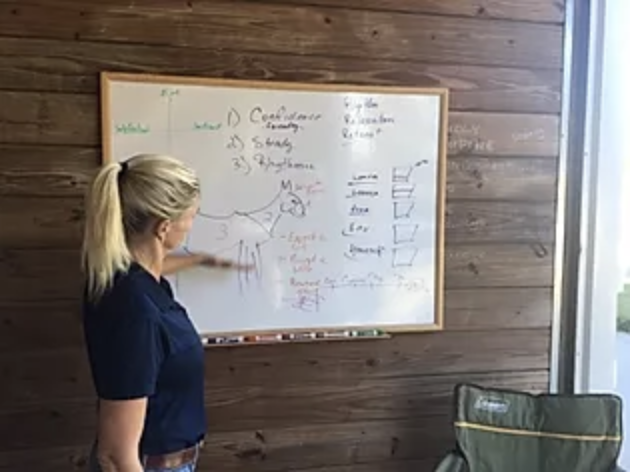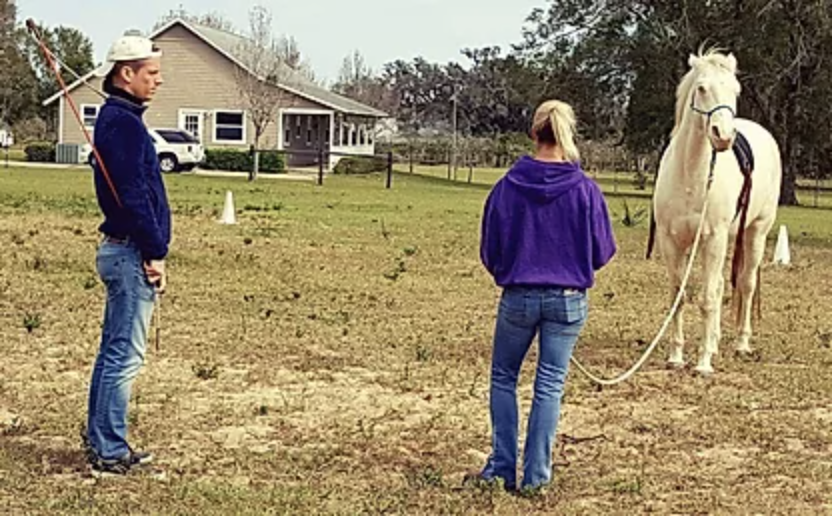When Horses Taught Me How to Tutor
I spent four days last week at Jen Zoe’s Zenergen Stables in Orlando, a world of green, fresh-air, horses, and constant chatter about personality types, love, life, and childhood.
Jen has read every personal growth book you’ve ever heard about, and she has also spent the past decade rescuing horses, four of which match each of the four major temperaments that most personality type systems identify.
She uses these horses – Tres, Dante, Pretty Girl, and Bella – as mirrors for her workshop participants: how you bond with and train each one reveals your personality, your energetic connection style with people, and how your train and teach people.
I learned a ton from Jen and my fellow participant Joe Koronowski, a former NASA rocket scientist and current keynote speaker on leadership.
Most of all – I became a better tutor.
Jen’s words constantly made me check myself to realize where I had gone wrong in the past with students – and where I am going to get better next.
Here were my top five lessons:
1. “When in doubt, lean out,”
Jen told Joe and me as we attempted, from a distance of ten feet, to get our horses to dip their noses onto a cone in the field. Joe and I wanted to focus our intensity harder to get the horses to comply; Jen told us to relax.
I thought of all the times my students struggled with something I thought they “should” be able to get by now, and instead of “leaning out” and giving them some breathing space, I turned up the dial of my own intensity a notch to drive them further. How often had that led to counterproductive results? To more confusion rather than less?
When in doubt, lean out: give some extra rope, some extra space, some extra time, while your student (or employee) tries to perform the task you ask of them.
2. “Never push a horse through a task – merely open the door, so they can make the decision to do it or not.”
I thought of all the times I had micromanaged students into adopting my strategies, forcing the issue in ways subtle and less subtle.
I realized I merely needed to show them the value of the strategy, and then let them to decide to use it or not. Once the student made the decision, we moved forward with their full buy-in.
Meanwhile, the key is to highlight (and create) consequences: good decisions meet good consequences, and bad decisions meet less desirable ones.
My job as the tutor is to create scenarios where good decisions are the rewarding ones to make.
3. “Allow their mischief!”
Jen’s horses would play sly, funny games with us, like nudging over a table beside us as we ate lunch, or moseying into the pantry to find snacks My instinct was to want to correct! the horse – to banish that misbehavior – but Jen often did the opposite, on purpose.
Her mission is to enable horses to live a life where they get to be themselves, free from the traumas of trainers who worked them into the ground in the past, filling the animals with fears, insecurity, and a penchant for acting out violently on those around them.
Jen’s horses didn’t do that anymore once they had spent enough time with her.
“Allow their mischief,” she would say – to a point. Let them be themselves, to express a degree of deviant play that every being enjoys.
I thought of the moments where I had tried to stamp out my students’ subtle mischief – consciously not doing the right thing, in moments, when they knew what they were doing was less than correct.
Mischief moments are to be savored – to be allowed within reason. Even in SAT tutoring, kids have to be be themselves, and none of us are perfect angels, so why make them be?
4. “Learners – even horses – go through four stages:
a. enthusiastic beginner
b. disillusioned learner
c. capable but cautious performer
d. self-reliant achiever
Each stage requires different leadership.”
Wow. I had seen my students go through these phases, and I loved now having a roadmap to know exactly where a student was.
Enthusiastic Beginner – excited to start! Fantasizes about mastery. Has no idea what to do yet, though, nor how hard it will be to get there.
Disillusioned Learner – has experienced failures; realizes growth will not come easily. Wonders if all of the struggle is worth it, if mastery will arrive at all.
Cautious but Capable Performer – has acquired successes now, but still doesn’t have confidence to trust her instincts. Is told of her potential but doesn’t yet believe it. (I am always telling dis-believing students of their potential! Nothing better than when they finally realize it.)
Self-Reliant Achiever – has accumulated achievements, learned enormously, is justifiably confident, is more and more autonomous, and hungrily takes on new and bigger challenges.
I love showing my students that the Self-Reliant Achiever stage awaits them.
The model awoke me to mistakes I had made giving students leadership that didn’t match the stage of learner they were in: micro-managing a self-reliant achiever, for example, or encouraging autonomy prematurely from a student who was still in the disillusioned learner phase (“What?!?!?” her mother had shrieked at an inordinately high decibel the day I raised the idea that her daughter study on her own because she might actually grow more without me. Mom was right – her daughter was not ready to prepare on her own yet – she had not yet become a self-reliant achiever).
5. “Expect a lot. Accept a little. Reward often.”
Expecting a lot inspires students to strive; they also gain confidence when an expert coach knows they will be great.
Yet learning has to be rewarding in the present. Jen’s horses constantly shot us a questioning looks as if to ask, ‘was that good?’ ‘Was that what you wanted?’ Why not shower them in praise? Why not make learning constantly enjoyable?
Accept a little. Moments arrived when our horses, and my students, could only offer up “a little” achievement – despite how much I thought they should have progressed further, or done more work, by now.
In each effort, something was accomplished. And that something needed to be rewarded.
Endeavoring to grow has to become a pleasure.
Expect a lot; accept a little; reward often.
– – –
OK, I can’t contain myself. Here were three more:
6. “Listen to their idea, then get them to think that your idea is their idea.”
When a horse has other notions than what you wanted it to do, you go along with it! You wanted them to run right, but they ran to the left? Go with it!
THEN repeat your own idea, again. Give them a chance to buy into it. People and horses need to know you hear their ideas before they are ready to listen to yours.
And when you raise your idea, you raise it as a suggestion – not an order – and allow them to make the decision on their own, enabling buy-in.
7. “It’s AFTER the workout that muscles get built. It’s after the deep conversation that realizations sink in. It’s after the student’s breakthrough when new patterns get set.”
Sit in the moment of breakthrough. Enjoy it. Avoid rushing it.
Your student just mastered a skill for the fist time? Avoid moving on too quickly. Rest in it; marinate in it; let the student process, enjoy, and integrate what he learned. Allow a relaxation, which signals the skill is integrating into the brain.
One night during the Workshop, an ACT student texted to tell me she had scored her first 10/10 on an ACT Reading Passage. She was surprised how good it felt.
I celebrated with her in my replies, but then I challenged her to get TWO 10/10’s in a row next time.
I showed the text to Joe and Jen, and they reminded me to just let the student enjoy her victory. Don’t push her to a higher level – yet!
8. “Relationship first. Task second”
Joe and I had big breakthroughs when we abandoned our intense focus on getting our horse to achieve a task, and instead attuned to them, to their emotional state, checking in that they felt connected to us and rewarded for their efforts already.
I thought of the times I had pushed my student harder instead of checking in, seeing how he felt, and making sure he felt supported and heard, before suggesting he try the task again.
Joe noticed all of the times he had done the same thing with his employees.
On several occasions, when we relaxed our shoulders and energy, and simply showed our horses love, appreciation, patience and attention, our frustrated animals (suddenly feeling attuned-to) responded by quickly picking up the skill and accomplishing the task.
– – –
A theme emerges in the sayings that stuck with me. Out of my drive for my students to succeed, I was often ‘gripping the bat too tight,’ as they say in baseball. I wanted to make every minute count, and I thought that required an intensity that had LED to so many of my students achieving great gains.
Yet had it, exactly?
What I kept learning from the horses was that when I took my foot off the pedal in key moments, when I allowed a space to ‘just be’ and connect with them – to hear instead of push them – the learning happened quicker, and of its own accord.
“Pssshhhpbpbpbpbhhhh!” a horse would say, blowing air out of her mouth upon realizing she had learned a new skill, her body releasing tension as her brain absorbed new knowledge.
A realization to relax into.




